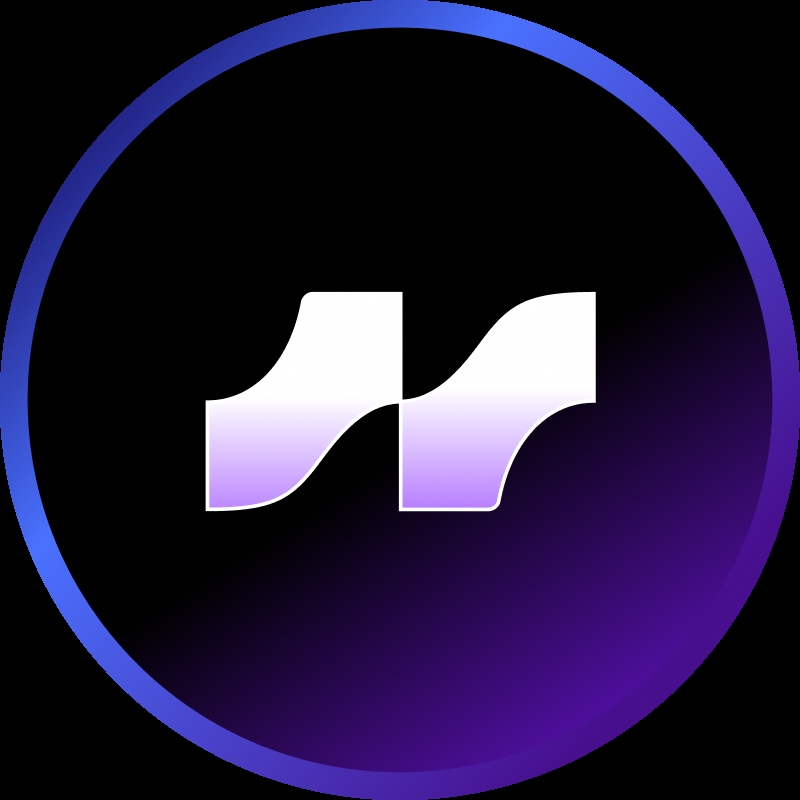How to Create My Own NFT: A Detailed Guide

Introduction
The world of digital assets has entered an exciting era with the advent of Non-Fungible Tokens (NFTs). As a unique representation of ownership of various digital items—ranging from digital art to music, videos, games, and even virtual land—NFTs offer unparalleled opportunities for creators and collectors alike. If you've ever wondered how to create your own NFT, this guide will lead you through the process step by step, opening the doors to the fascinating NFT marketplace.
NFTs run on blockchain technology, ensuring authenticity, rarity, and ownership. Unlike cryptocurrencies, which are fungible and can be traded equally, NFTs are unique, each with its distinct value. The allure of creating and owning NFTs has captivated many, urging them to explore the endless possibilities that lie within the NFT domain.
Detailed Steps/Process
Creating your own NFT can be a straightforward process if approached methodically. Here’s a step-by-step guide to help you embark on your NFT creation journey:
Step 1: Conceptualize Your NFT
The first step is ideation. What kind of digital asset do you want to create? It could be an artwork, a piece of music, a gif, or any other digital commodity that holds value. Your creative concept will define the aesthetic and utility of your NFT, so take the time to brainstorm and refine your idea.
Step 2: Choose the Blockchain
While Ethereum remains the most popular blockchain for NFTs, other systems like Flow, Polkadot, and Tezos also provide NFT capabilities. Each blockchain has its own set of features, communities, and costs, so weigh your options carefully. You might want to consider transaction fees (gas fees), community size, and security features.
Step 3: Set Up a Web3 Wallet
To engage with the blockchain, you'll need a Web3 wallet to manage your assets. One highly recommended choice is the Bitget Wallet. Once it is set up, you'll be able to store your NFTs and any cryptocurrency used to pay for creation and gas fees securely.
Step 4: Select an NFT Marketplace
NFT marketplaces are platforms where NFTs are created, bought, and sold. Depending on the blockchain you chose, different marketplaces serve different ecosystems. If you are utilizing the most dominant blockchain Ethereum, marketplaces like OpenSea, Rarible, and Foundation are excellent places to start. These platforms offer user-friendly interfaces and toolkits to create your NFT.
Step 5: Create Your NFT
Now comes the exciting part—actually minting your NFT. Upload your digital file to the marketplace, enter relevant details, and set parameters like the number of copies, royalties, and price. The NFT platform handles the technical aspect of token creation, allowing you to focus on your art.
Step 6: List Your NFT for Sale
Once your NFT is created, you can list it for sale on the marketplace. Determine your initial price (in ETH or the native currency of your chosen blockchain). Define whether you want to sell at a fixed price or via auction, strategically positioning your asset for potential buyers.
Step 7: Promote Your NFT
Selling NFTs doesn’t happen automatically; you need to build visibility. Use social media, NFT platforms, and art communities to showcase your work, join discussions, and engage collectors. Networking within the digital asset community is vital for attracting attention to your NFT.
Additional Tips or Notes
-
Understand the Costs: Be mindful of costs like gas fees, marketplace commissions, and wallet charges, all of which can add up.
-
Intellectual Property Rights: Ensure you have the proper rights to the asset you are tokenizing to avoid legal issues.
-
Royalties Setup: Many marketplaces allow creators to earn royalties for every sale of their NFT in secondary markets—consider activating this option.
-
Keep Security in Mind: Always safeguard your private keys and backup your wallet.
Conclusive Thoughts
As NFTs continue to revolutionize how we perceive possession, identity, and art in the digital realm, leveraging your creativity through NFT creation can lead to recognition and financial reward. With the right knowledge and tools, anyone can delve into the NFT marketplace and transform their digital expressions into enduring assets.
So why wait? Embrace this vibrant, evolving domain and make your mark as a digital creator today!
Want to get cryptocurrency instantly?
Related articles
Latest articles
See more






















